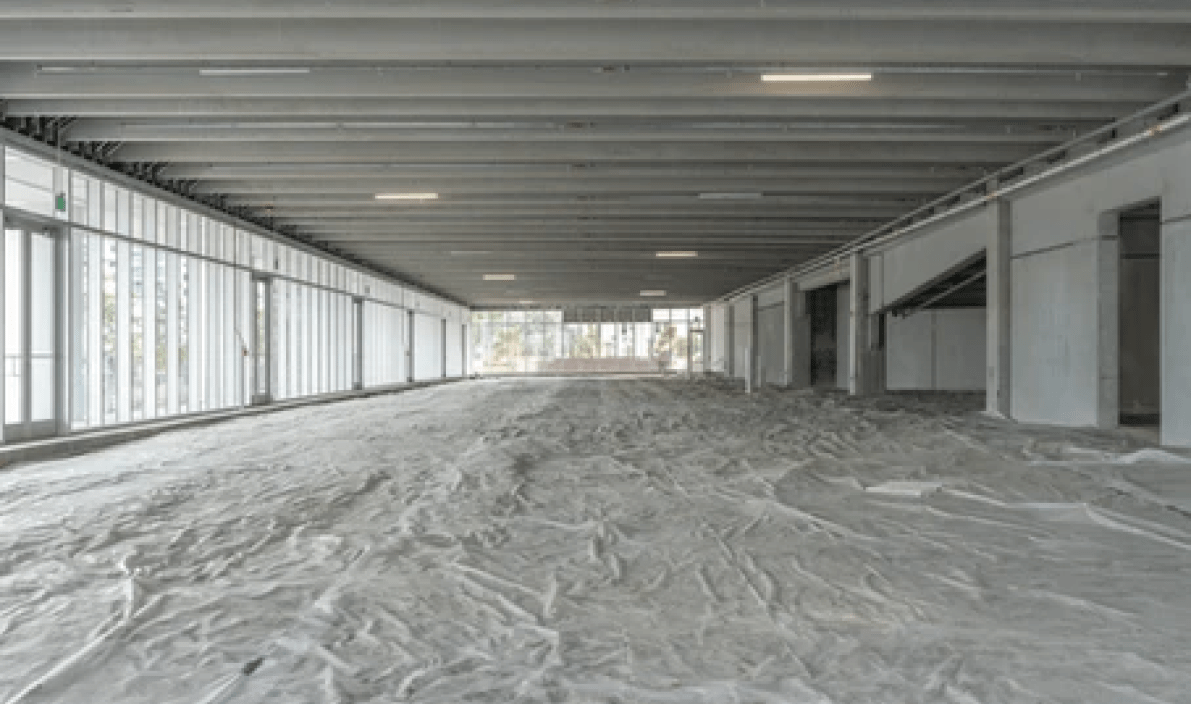Qualified Improvement Property refers to interior improvements made to non-residential buildings, such as renovations, upgrades, and alterations. It can provide significant benefits to real estate investors through accelerated depreciation deductions. Understanding what qualifies as QIP enables real estate investors to optimize their tax strategies and maximize returns on their real estate investments.
What is Qualified Improvement Property?
Qualified Improvement Property or QIP is a special class of property that includes non-structural improvements made to the interior of existing non-residential buildings. Federal tax law (i.e., the Internal Revenue Code or IRC) defines QIP as follows:
Why is QIP Important?
QIP is important for real estate investors because it allows for accelerated depreciation. While most commercial building components are depreciated over 39 years, QIP can be depreciated over 15 years and is eligible for bonus depreciation. This means investors can deduct up to 100% of the qualifying improvement costs in Year 1, reducing taxable income and increasing cash flow.
It’s important to note that bonus depreciation is temporary and subject to specific timeframes and limitations, which may vary based on legislative changes. Consulting with tax professionals is crucial to understanding and properly applying depreciation rules to optimize the tax benefits associated with QIP.
QIP for Short Term Rentals
Wait a minute, I thought only non-residential property was eligible for QIP? While this is true, the government’s definition of what is and isn’t residential property is different than you may think. The IRC defines “residential rental property” as “any building or structure if 80 percent or more of the gross rental income from such building or structure for the taxable year is rental income from dwelling units.” The section defines the term “dwelling unit” as “a house or apartment used to provide living accommodations in a building or structure, but does not include a unit in a hotel, motel, or other establishment more than one-half of the units in which are used on a transient basis”.
Short term rental properties are clearly similar in purpose and in use to hotels and motels. And the rental periods for short term rentals are similar to those of hotels and motels. It follows to conclude that these properties are being used on a “transient basis” and thus are not “residential rental property” as defined in the tax law. Therefore, short term rentals could be classified as “nonresidential real property”, which is defined as section 1250 property “which is not residential rental property, or property with a class life of less than 27.5 years”. If real estate investors classify their short term rentals as “nonresidential real property” instead of “residential rental property”, then QIP could apply to the interior improvements made after the property is acquired (provided the other QIP requirements are also met). Which would unlock additional accelerated depreciation and cash flow benefits for short term rental investments that perform significant improvements or renovations to their properties.
It is important to note that there is not complete agreement amongst tax advisors that STRs are “nonresidential real property”.
Summary
QIP offers valuable tax benefits to real estate investors. Understanding its definition and scope allows for the identification of qualifying improvements for favorable tax depreciation treatment. Depreciation plays a crucial role in maximizing the tax advantages of real estate investing, especially with bonus depreciation allowing for significant Year 1 deductions. For commercial real estate investors and property owners, QIP presents a significant opportunity to accelerate depreciation, defer taxes, and increase cash flow.
If you have any questions, please feel free to contact us for further discussion.
